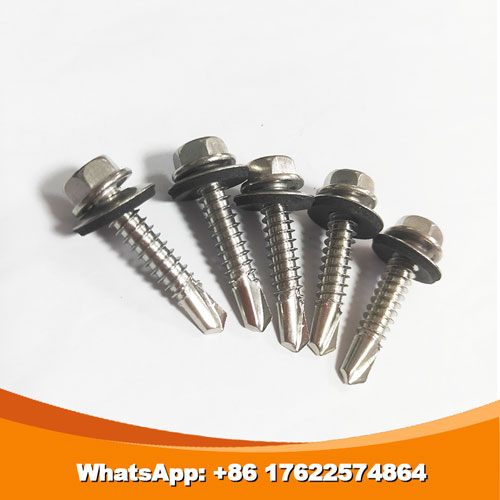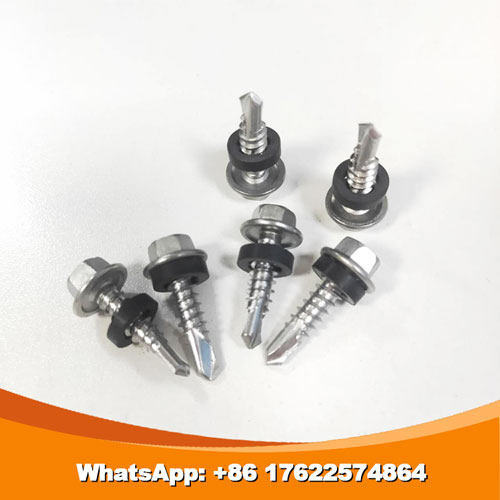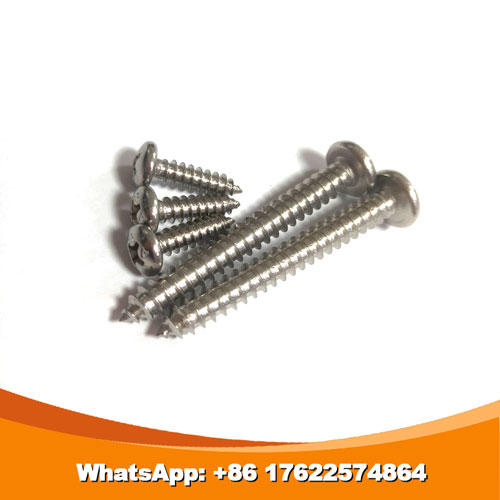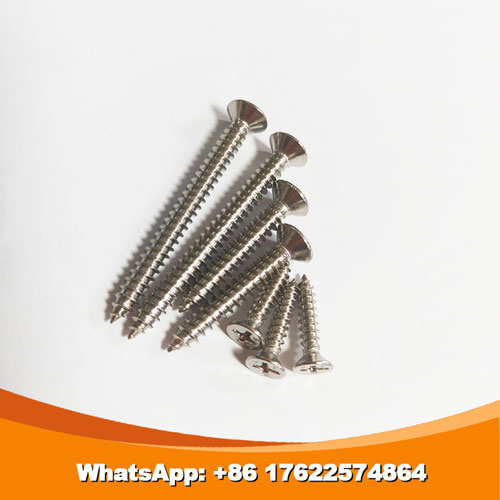Products
Stainless steel screws are divided into 304 stainless steel screws, 410 stainless steel screws, 316 stainless steel screws, etc. according to the material.
1. 304 stainless steel screws
304 stainless steel belongs to austenitic stainless steel. This stainless steel has no magnetism under normal conditions, and is slightly magnetic after cold working. At various temperatures, it can maintain its austenitic structure and does not undergo phase change. Therefore, the hardening process cannot be carried out by heat treatment. Cold working can be used to increase the strength while hardening. The characteristics of 304 stainless steel screws are that they do not require pre-drilling; they can directly penetrate aluminum-plastic panels, plastics, plastic-steel doors and windows, glass curtain walls, etc.; tapping; locking is completed in one go. The advantages of 304 stainless steel screws are very obvious: saving time, labor, and effort, and having good corrosion resistance; the disadvantage is that its mechanical properties are not high; so when choosing the object of use and the scene of use, avoid using it to hit the iron plate. Hitting the iron plate requires 410 stainless steel screws or composite stainless steel screws.
2. 316 stainless steel screws
316 stainless steel screws have better corrosion resistance and temperature resistance, making them more adaptable to a wider range of environments. In different complex environments in the industry, 316 stainless steel screws and 304 stainless steel screws of the same specifications are used. After working for a period of time, 304 stainless steel screws will be found to have some rust spots or deformation, while 316 stainless steel screws will not be any abnormality.
Due to the better comprehensive performance of 316 stainless steel screws, they are currently mainly used in food, industry and surgical instruments. For some chemical containers, 316 stainless steel screws are used for manufacturing, and their appearance will not change after wind and rain. After being witnessed by different industries, 316 stainless steel screws have become one of the main hardware accessories for marine steel.
3. 410 stainless steel screws
410 stainless steel is a martensitic stainless steel; contrary to austenite, it is magnetic. The main feature of 410 stainless steel screws is that the core hardness and surface hardness of the drill screws can be improved by heat treatment; the comprehensive mechanical properties are also very high; but compared with 304 and 302, they are lacking in corrosion resistance. Screws made of 410 material do not need to be pre-drilled like 304 material, and can directly penetrate the iron plate, but its corrosion resistance is not high, so it should be avoided in strong acid, humid and other rust-prone environments. If you want to use it, you must have it treated with anti-rust treatment, such as Dacromet or anti-rust treasure, otherwise it cannot be used directly.




